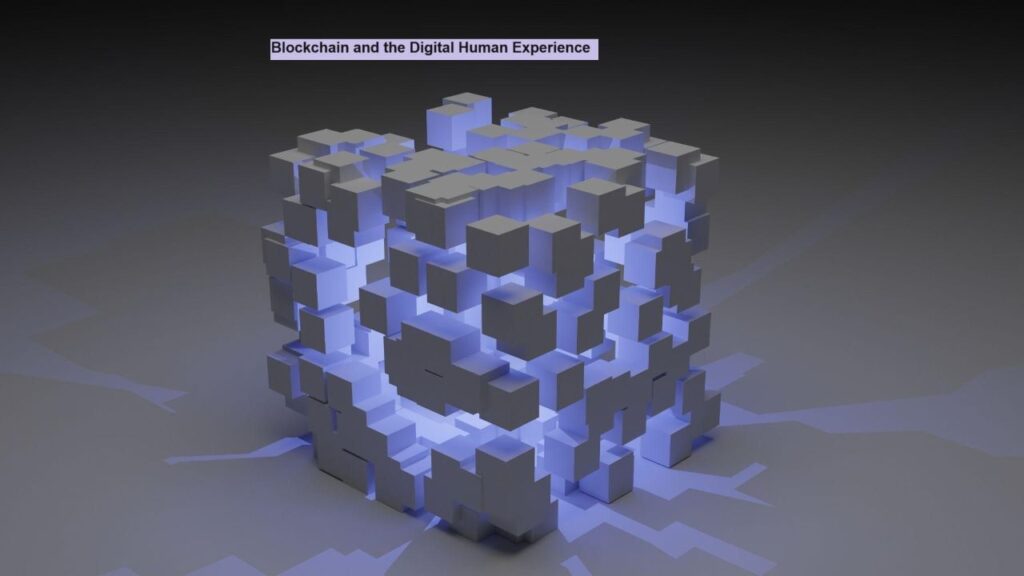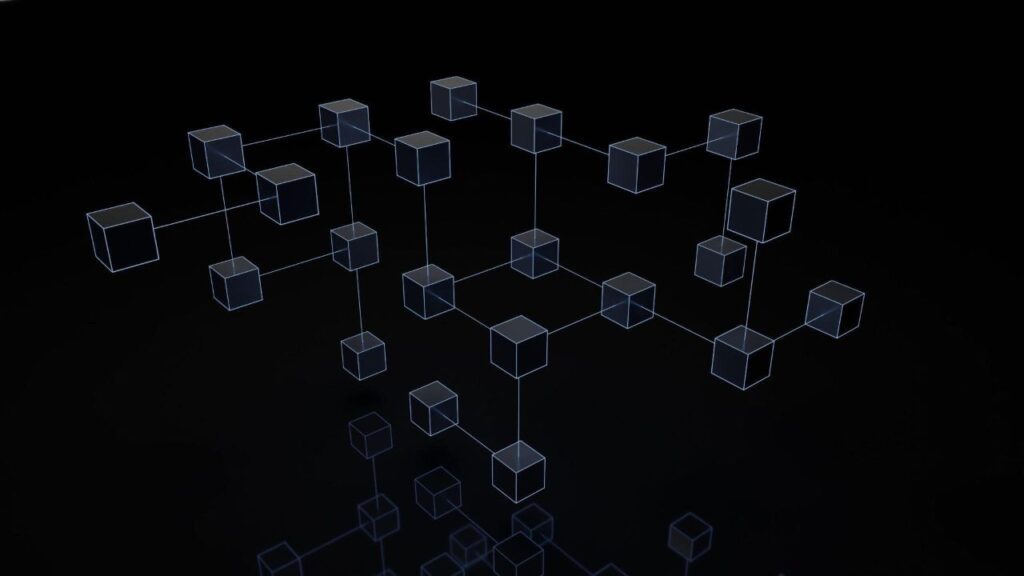
A digital renaissance is being driven by the disruptive potential of blockchain technology and other technologies. What it means to be a digital person and how we interact with the digital world are evolving as a result of this return. The intriguing connection between blockchain technology and the digital human experience will be explored in this article, with a focus on the important role Web3 apps are playing in this revolutionary era.
The Renaissance of Digital
The term “renaissance” evokes thoughts of renewed intellectual and cultural life. Technology is experiencing a similar renaissance, driven by blockchain and other innovative advancements. This digital revolution has several noteworthy features:
- Decentralization: By offering a decentralized alternative that increases online transaction security, trust, and transparency, blockchain technology threatens centralized systems.
- Smart Contracts: Smart contracts eliminate the need for middlemen, increase efficiency, and fundamentally alter how users engage with digital contracts by automating processes and transactions.
- Because non-fungible tokens, or NFTs, enable creators to tokenize and market their works while maintaining authenticity and ownership, they have completely transformed digital art and collectibles.
- DeFi (Decentralized Finance): DeFi platforms democratize financial tool access and revolutionize personal finance management by providing decentralized alternatives to traditional banking services.
Web3 and the Digital Human Experience
The term “Web3” describes the more decentralized and user-centric next generation of the internet. The digital human experience is being redefined in this new online era in three important ways:
- User Sovereignty: When creating Web3 app, user sovereignty is taken into account. They give individuals greater control over their data and online experiences, which diminishes the dominance of big tech corporations.
- Identity and Ownership: Web3 gives people the ability to take full ownership of their digital assets and identities. NFTs, blockchain-based domain names, and decentralized social networks are some of the elements driving this shift.
- Interoperability: Web3 links several blockchains and apps to produce a more seamless online experience. Users may engage with different platforms and services without being limited by closed ecosystems.
- Web3 apps prioritize user security and privacy by offering encrypted communication, secure authentication processes, and data ownership.
- Web3 enables the creation of digital economies where users may participate in more value-driven ecosystems, earn tokens, and be part of the governance process.
Blockchain’s Place in the Digital Human Experience

Blockchain technology is critical to defining the digital human experience inside the Web3 ecosystem. The way blockchain fits into this transition is as follows:
- Decentralization: The decentralized character of blockchain, which restricts the power of centralized authorities and enhances individual autonomy, is the foundation of the Web3.
- Ownership and Control: Blockchain provides users with total ownership and control over all of their digital assets, such as cryptocurrencies, NFTs, and digital identities.
- Smart contracts powered by blockchain technology automate contractual agreements, doing away with the need for middlemen and enhancing the effectiveness and dependability of online transactions.
- Digital identification: Blockchain-based digital identification solutions enable users to utilize safe, verified online identities that work across several platforms.
- Transparency and Trust: The immutability and transparency of blockchain enhance the trustworthiness of digital interactions, including financial transactions and supply chain tracking.
New Developments in the Digital Age
The digital renaissance is still evolving, propelled by new developments and trends. Some of the key advancements affecting the evolution of the digital human experience include the following:
- DAOs, or decentralized autonomous organizations, are associations run by smart contracts and governed by token holders. They support the allocation of resources and making of decisions in a more neighborhood-based and decentralized manner.
- Blockchain Gaming: Blockchain technology has totally changed the gaming industry by offering provably fair gameplay, genuine ownership of in-game assets, and new economic models for gamers.
- Cross-Chain Compatibility: Polkadot and Cosmos, two interoperability tools, are helping to create a more cohesive blockchain ecosystem by enabling communication and information exchange between different blockchains.
- Layer-2 Scaling Solutions: Layer-2 solutions, including Lightning Network and Optimistic Rollups, address scalability concerns by processing a large number of transactions off the main blockchain and reducing costs and congestion.
- Improvements in Privacy: Privacy-focused blockchains and technologies, such zk-SNARKs and ring signatures, are enhancing the privacy of digital interactions while maintaining blockchain security and openness.
The Digital Human Experience’s Future

The digital human experience holds enormous promise in the Web3 age. The following adjustments are anticipated as the digital revolution continues to grow:
- Mainstream Adoption: It is projected that blockchain technology and Web3 concepts will become more generally recognized across a range of industries, including banking, healthcare, education, and entertainment.
- Regulation and Compliance: Governments and regulatory agencies will work to set clear norms for Web3 and blockchain technologies in order to foster a more stable and controlled environment for businesses and users.
- User Empowerment: People will be able to manage their financial resources, digital relationships, online identities, and data more effectively than ever before.
- New Economic Models: Tokenization of assets, labor decentralization, and the expansion of the gig economy in the digital sphere are all expected with the arrival of Web3.
- Innovation: The resurrection of blockchain technology will make it even more inventive, allowing for previously unthinkable new applications and possibilities.
A digital revolution that is radically altering the digital human experience is being propelled by Web3 and blockchain technologies. This revolutionary period opens up new doors for innovation and business opportunity, while also giving people greater privacy, control, and ownership in their digital interactions. As we traverse the quickly evolving digital world, it’s clear that there are a ton of great options for consumers to fully participate with their digital experiences in the future. The digital renaissance, powered by blockchain technology, is revolutionizing the digital human experience and giving rise to a new generation of Web3 apps that provide users unheard-of levels of autonomy and control over their online personas.
